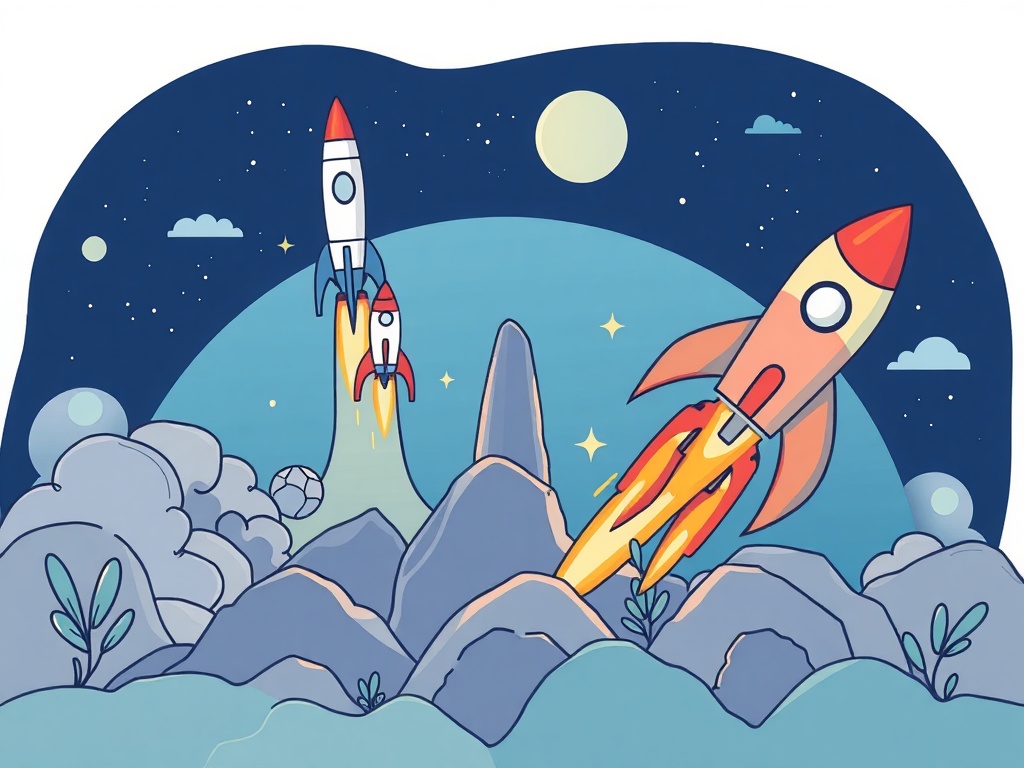Building a resilient remote-first startup: practical strategies that scale
The shift to remote-first work is more than a trend — it’s a structural choice that affects hiring, culture, productivity, and longevity. For startups aiming to scale with a distributed team, resilience comes from clear systems, intentional culture, and operational discipline.
Here are practical strategies to make remote-first work sustainable and competitive.

Define what remote-first means for your startup
Clarity prevents misaligned expectations. Decide whether remote work is fully distributed, hybrid, or region-specific. Communicate policies around work hours, availability, and travel expenses. A remote-first definition should be part of your employer brand and onboarding materials so candidates and new hires understand how you operate from day one.
Hire for autonomy and communication
Remote work favors people who are proactive, transparent, and strong written communicators. Structure interviews to evaluate asynchronous collaboration skills: look for examples of owned projects, documented decision-making, and cross-team coordination. Add a short take-home task that mimics real async work to see how candidates document and hand off results.
Prioritize documentation and asynchronous processes
Information becomes the single source of truth. Create concise playbooks for recurring processes (onboarding, release checklists, incident response). Use living documents—organized, searchable, and linked from a central hub—so people can get up to speed without interrupting colleagues.
Optimize meetings for impact
Meetings should be purposeful and inclusive across time zones. Use agendas, pre-read materials, and time-boxed formats. Reserve synchronous sessions for high-value activities like design reviews, decision alignment, and relationship-building. Record and summarize meetings with action items to keep those who couldn’t attend aligned.
Design onboarding for a remote experience
A strong onboarding sequence accelerates new hire productivity and retention.
Combine structured learning paths, paired collaborations, and scheduled check-ins with managers. Assign a buddy for the first few weeks to reduce friction and create social connection.
Measure outcomes, not activity
Shift performance metrics from hours logged to measurable outcomes: feature delivery, user metrics, quality indicators, and customer satisfaction. Use quarterly objectives and key results (OKRs) to link individual contributions to company goals. Regular feedback loops ensure alignment and continuous improvement.
Make culture intentional and inclusive
Culture doesn’t form by accident in a distributed company.
Create rituals—virtual coffee chats, demo days, and recognition channels—that reinforce values. Be mindful of inclusivity: rotate meeting times, offer captions and transcripts, and cultivate norms that encourage diverse participation.
Invest in tools and security
Choose tools that reduce friction: async collaboration platforms, clear version control, and accessible knowledge bases.
Balance convenience with security—enforce strong access controls, multi-factor authentication, and clear policies for device use and data protection.
Regularly audit permissions and vendor practices.
Support wellbeing and professional growth
Remote work can blur boundaries. Offer flexible scheduling, stipends for home office equipment, and access to mental health resources. Create clear career ladders and development budgets so remote employees feel growth opportunities are real and attainable.
Plan for legal and payroll complexity
Global hiring brings compliance, payroll, and benefits complexity. Use reputable employer-of-record services or regional legal counsel to navigate tax, employment law, and benefits administration.
Clear contract terms and expectations reduce risk and build trust.
A resilient remote-first startup treats remote work as a deliberate operating model. With disciplined processes, documented knowledge, outcome-focused metrics, and intentional culture-building, distributed teams can be productive, creative, and scalable while staying human-centered and secure.